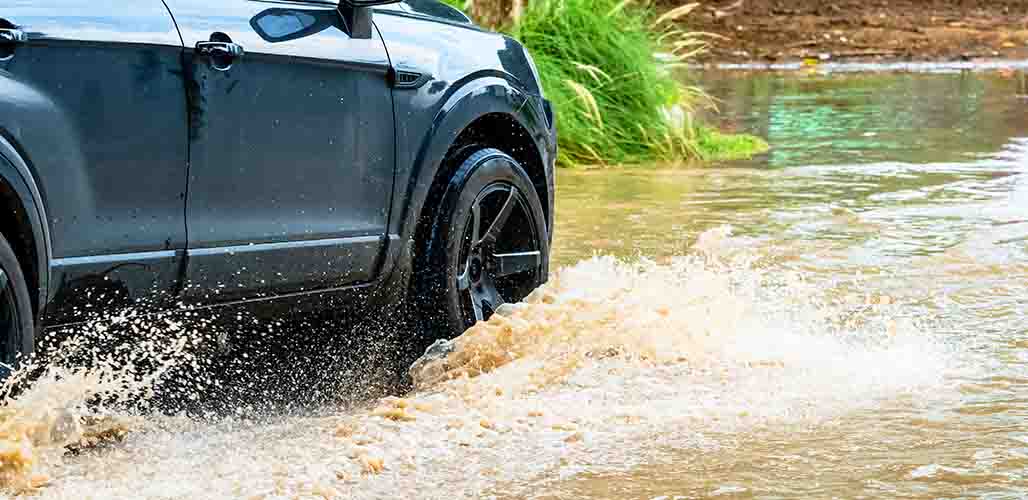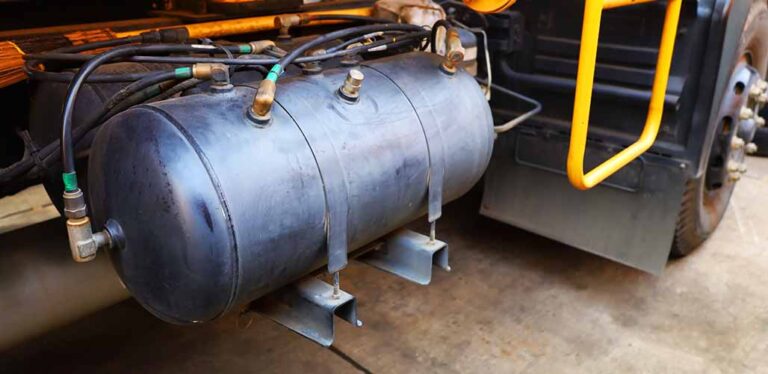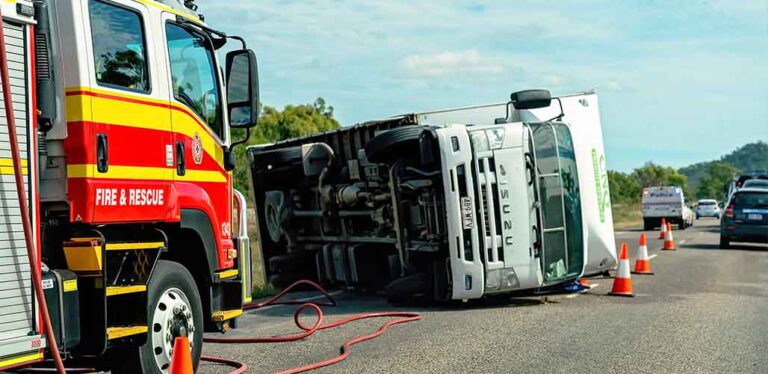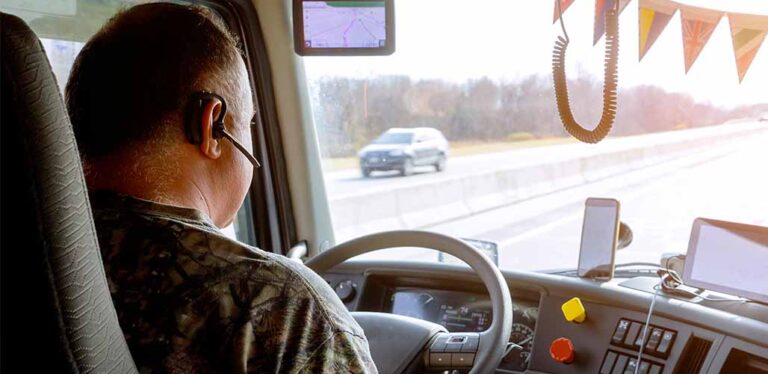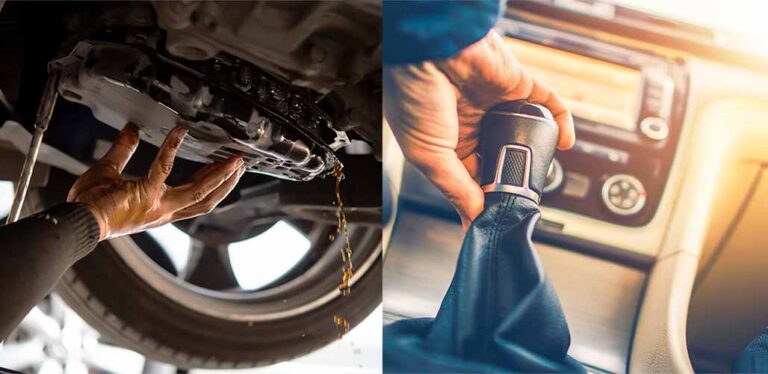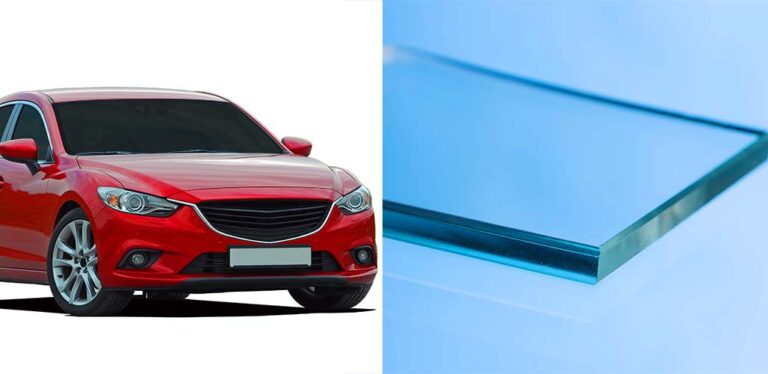Can Cars Drive In Water?
Can cars drive in water? When you experience flooding, it’s tempting to drive right through it. After all, it’s just water! But, driving on wet roads during heavy rain is not the same as driving on flooded roads. Deep or standing water can damage your car in a number of ways, most of which are expensive to fix. And, it can be very unsafe in some situations. So, I don’t recommend driving in water, especially if there are ways to get around the water. In this guide, I’ll take a closer look at the damage driving in water can cause to cars, the risks of different types of water, and what to do if you can’t avoid the water.
Contents
- Can cars drive in water?
- How water damages a car
- Driving through shallow vs deep water
- Driving through flowing vs standing water
- What to do when you can’t avoid the water
Can Cars Drive in Water?
As a general rule, it’s not a good idea to drive your car through water. Water can damage your engine, can speed up corrosion, and can even make your car smell bad. On top of this, if water is very deep or fast flowing, you can lose control, putting yourself and other people in serious danger. There are a few things that can impact whether or not it’s safe to drive in water. Here are some factors:
- Size and height of your car
- Depth of the water
- Whether the water is flowing or still-standing
- Whether or not a ford has been constructed
If you have no choice but to drive through water, there are ways to make it safer. But, before discussing that, I’ll explain the main ways that water will damage a car.
How Water Damages a Car
Water can damage a vehicle in many different ways and have a negative impact on all of the different components. The level of damage your car experiences depends on how deep the water is and the level of exposure. While you may experience problems while driving through the water, some damage can make its presence known days or months later. There are 5 main ways that water can damage a car.
1. Engine
For your engine to run as intended, it needs air. An opening with a filter in your engine bay allows fresh air to enter the engine. However, this is also a vulnerable place for water to enter your engine. If you drive through high water, your engine can suck water in along with the air. The result is a hydrolocked engine. Should this happen, it is an expensive repair.
Take a look at where your vehicle’s air intake is located. The lower it is, the shallower the water has to be for you not to risk seizing up your engine. This is why two cars of similar size but different makes can perform differently in the same amount of water. One may be fine, and the other could get stuck.
This is why some manufacturers or vehicle owners add a snorkel. This alternative air intake tube raises the air intake to a high placement over the vehicle, usually to the windshield height. This allows the vehicle to drive through deeper water without the risk of it sucking in water instead of air.
2. Electronics
Water and electronics do not mix. Modern vehicles are like rolling computers with extensive and intricate electrical systems. Drive through water, and you risk short-circuiting your vehicle’s electrical systems. If you manage to drive through the water without immediate problems, there could still be long-term issues. Water exposure can cause corrosion of the wiring.
3. Metal Parts
While modern vehicles use various materials, metal is still heavily used. Driving through water can expose metal components that would not otherwise be exposed to water. This can cause corrosion and rust. Once rust starts, it becomes an endless battle to slow the process down. Eventually, you’ll need some serious welding work to repair the damage.
4. Brakes
Your brakes will not effectively stop your car if they are wet. So do not expect your car to slow down or stop as usual when driving through water. Additionally, the water can prevent them from working after you are out of the water. The water can also cause the brake components to corrode and eventually seize.
5. Smell
Flood water is not clean, and because of this, it does not smell good. If the water is deep enough, it can seep into the interior. Once it is in your interior upholstery, it will never go away. Mold and bacteria can also begin to grow, making your car a health hazard.
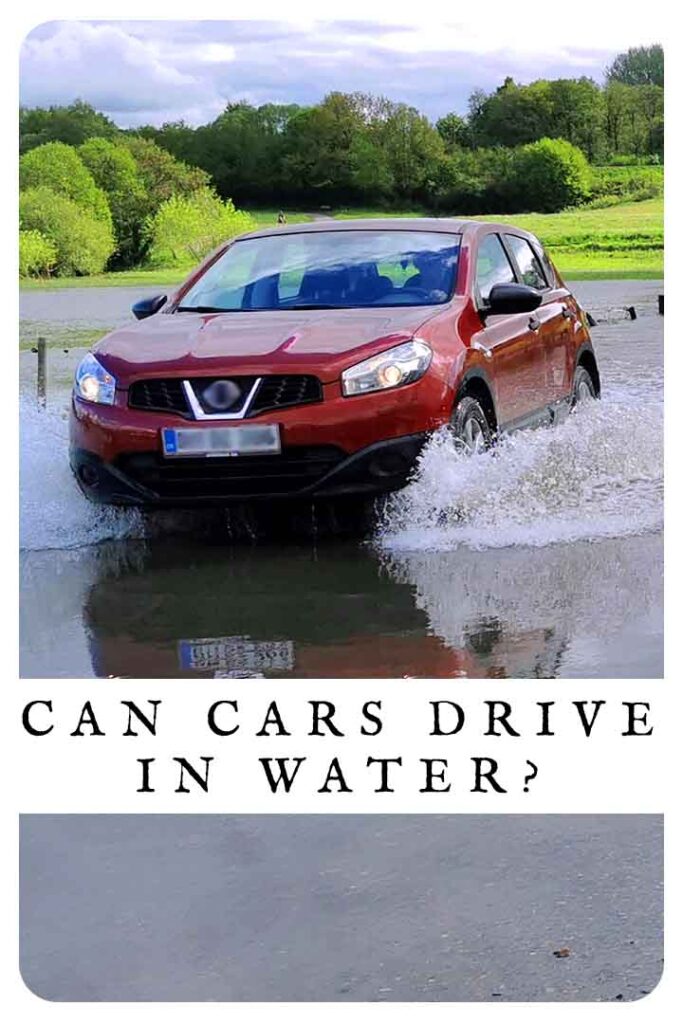
Driving Through Shallow vs. Deep Water
A shallow puddle after a rainstorm won’t pose too much risk to your vehicle. However, once the water begins to flood, it does not take much to pose a serious risk. The average sedan has a ground clearance of 4-6 inches. This means that six inches of deep water will reach the bottom of most passenger car doors. Larger vehicles like SUVs typically have a slightly higher ground clearance of 6-8 inches.
The deeper the water is, the harder it is to see what lurks underneath. There could be dangerous road conditions hidden under the water, such as sharp objects that can pierce your tires. A road you drive every day could suddenly no longer be safe. So, the deeper the water, the more dangerous it is.
Flowing or Standing Water
Standing water is dangerous enough to drive through. Flowing water is even more dangerous. You can get swept off your feet in just six inches of fast-moving water. The same can happen to your vehicle. A foot of moving water can sweep a large SUV off the road. The deeper the water and the faster it moves, the more dangerous it becomes. Always avoid driving into flowing water, as it can be unpredictable.
When You Can’t Avoid Driving in Water
If you can, it is always smart to take an alternate route. Even if it adds time to your commute, it is the better way to go. However, there are some safety tips to keep in mind if you have no other option but to drive through the water.
Drive slow enough that you do not create waves. Once you enter the water, don’t speed up, slow down, or stop. Driving too fast will create waves and extra pull on your vehicle’s body panels. Conversely, driving too slow puts you at a greater risk of bogging down. Stick to the highest point in the road because this is the shallowest point. Drive as straight of a line as possible and avoid swerving. This keeps the water flowing around the vehicle in a controlled manner.
Once you exit the water, gently apply the brakes. This helps dry them and checks to ensure they are still working. You may need to engage the brakes a couple of times to dry them completely. However, do not brake hard or slam on the brakes. This would be unpredictable and dangerous for the traffic around you.
Protect Your Car and Avoid Water
So, can cars drive in water? The best decision is to avoid driving through any kind of water. Even if you think the water is still and shallow, you can’t be completely confident of this. The last thing you would want is to think you are ok to drive through water only to get stuck halfway through. This can put you and your vehicle in serious danger.

